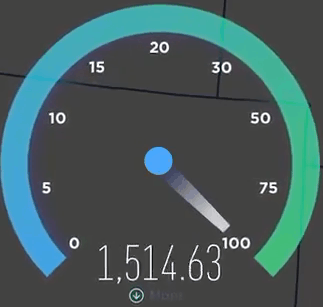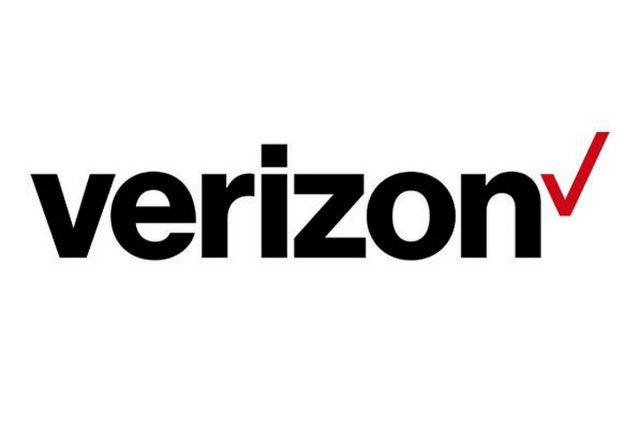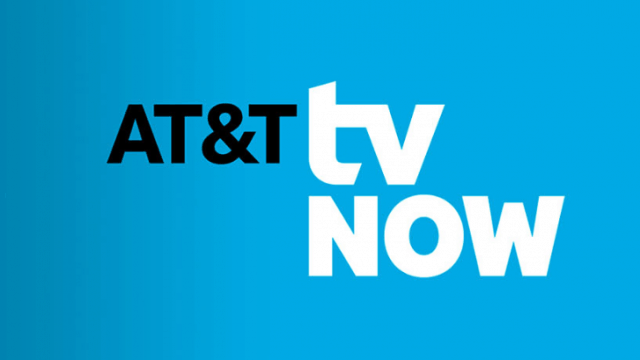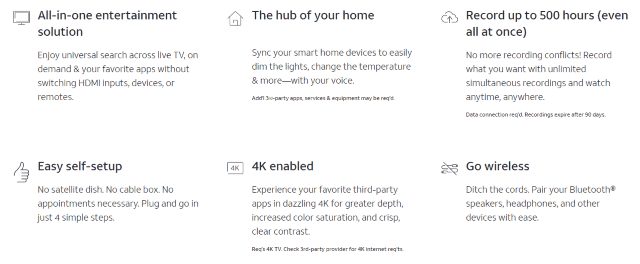 CBS and Viacom are one important step closer to merging under the CBS name, creating one of the country’s largest programming and broadcasting powerhouses.
CBS and Viacom are one important step closer to merging under the CBS name, creating one of the country’s largest programming and broadcasting powerhouses.
Last week, the two companies’ board of directors agreed on who would run the combined company that will be worth tens of billions of dollars.
Under the agreement, the top spot will go to current Viacom CEO Bob Bakish, according to a report in the Los Angeles Times. Bakish has been working with Viacom to transform its operations in a world increasingly dominated by cord-cutting and online streaming. Viacom had a reputation of being ruthless with its cable and satellite partners, demanding some of the industry’s highest rates for Viacom-owned cable channels, causing some cable operators to drop Viacom networks from their cable TV lineups.
It will not be the first time CBS and Viacom have been merged. Owner Sumner Redstone kept the two companies together until splitting them apart in 2006. Shortly after, Redstone’s declining health led to warring factions inside the two companies and several legal disputes with Sumner’s daughter Shari, who took over for her 96-year-old father. Former CBS CEO Les Moonves long opposed a merger between CBS and Viacom, but Moonves was forced out of CBS because of a burgeoning sexual harassment scandal. His replacement, acting CBS CEO Joseph Ianniello, is said to be sanguine about the merger deal, even though it would result in a demotion to managing CBS’ broadcast network, owned and operated TV stations, and Showtime.
The merged company would absorb Viacom into CBS, putting assets including Comedy Central, MTV, VH-1, Nickelodeon, BET, and Paramount Pictures under CBS ownership and control.
Three people close to the situation cautioned talks were still ongoing and not final.
Fox Business News reports the merger of CBS and Viacom may be imminent. Will they also acquire Discovery Networks? (4:53)


 Subscribe
Subscribe Verizon, AT&T, and T-Mobile’s 5G launches are blazing fast, when you can find a signal, but your phone will also get blazing hot while using it.
Verizon, AT&T, and T-Mobile’s 5G launches are blazing fast, when you can find a signal, but your phone will also get blazing hot while using it. Verizon Wireless customers with older devices still reliant on 3G CDMA technology will be able to continue using them on Verizon’s network until the end of 2020.
Verizon Wireless customers with older devices still reliant on 3G CDMA technology will be able to continue using them on Verizon’s network until the end of 2020. Frontier Communications customers across Rhinelander, Wis. were left without phone and internet service for a day after a construction crew cut fiber optic and copper cables that Frontier earlier promised to move, but never did.
Frontier Communications customers across Rhinelander, Wis. were left without phone and internet service for a day after a construction crew cut fiber optic and copper cables that Frontier earlier promised to move, but never did.
 DirecTV Now customers will
DirecTV Now customers will 

